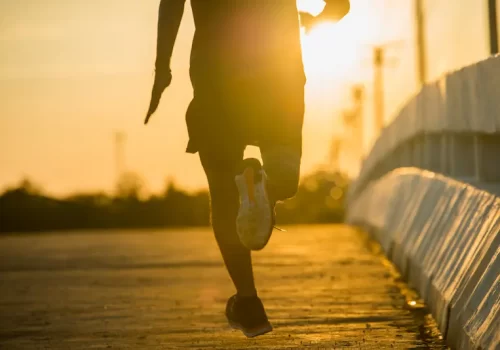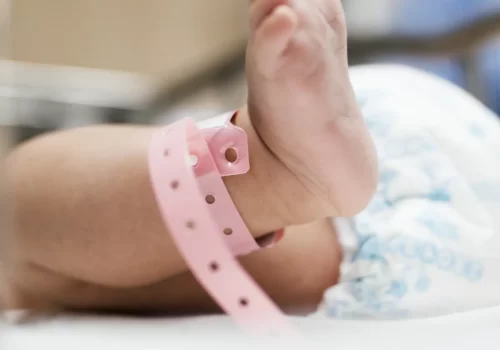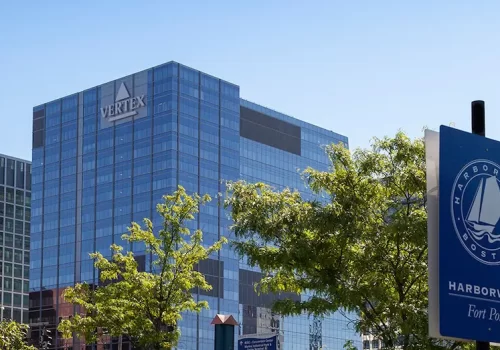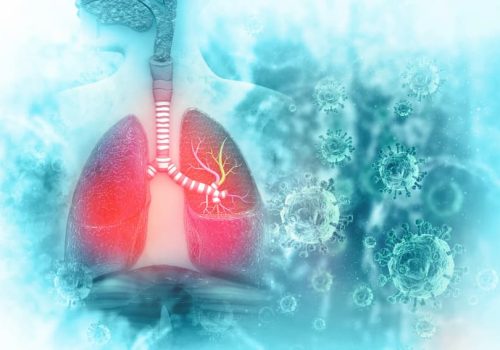The multiplication and differentiation capacity of hematopoietic stem cells is making the news more and more frequently. In fact, this article would be endless if we were to mention the success stories derived from transplants of these blood stem cells (for example, a few months ago we learned of the fourth HIV patient to be completely cured).
However, a particularly astonishing story has recently been made public: a 19-year-old boy cured of severe aplastic anemia with hematopoietic stem cells from his umbilical cord.
Before we go into detail, how about remembering where it all comes from?
The doctor who donated his talent and his money.
To speak of Edward Donnall Thomas is to speak of millions of lives. This hematologist with a PhD from Harvard Medical School passed away, but fortunately, he was able to prove the significance of his feat for decades.
Dr. Edward Donnall Thomas performed the first bone marrow transplant in 1956, even before Jean Dausset discovered in 1958 the HLA leukocyte antigens (essential molecules in the immune response) and their tissue compatibility.
At that time, the rejection of the transplanted cells led to multiple studies that determined the need for compatibility between the HLA-formed tissues to achieve a durable graft.
The evolution of this research together with the talent, perseverance and determination of Dr. Thomas made the miracle possible: in 1969, he successfully completed the first transplant between non-twin donor and recipient. He and Dr. Joseph E. Murray (a pioneer in kidney transplantation), solved the drawback that had prevented the success of human-to-human organ transplants: rejection reactions.
- By 1970, more than 200 transplants had already been performed on patients with acute leukemias.
- In 1979 it was observed that allogeneic HSCT (transplantation with cells from another patient) involved fewer recurrences than autologous HSCT (the patient’s own cells).
- In 1988, Dr. Gluckman performed the first sibling cord blood transplant (allogeneic related) on a patient with Fanconi’s anemia (aplastic anemia like the one that affected Xiao An).
In late 2012, shortly after Dr. Thomas’ death, The Worldwide Network for Blood and Marrow Transplantation (WBMT) announced that 1 million blood stem cell transplants were achieved worldwide.
More than 80 diseases are currently treated by hematopoietic stem cell transplantation. This evolution offers more and better opportunities for countless patients, especially for children suffering from leukemia, lymphomas and bone marrow.
Dr. Thomas received the Nobel Prize in Physiology and Medicine in 1990* for the pioneering use of hematopoietic stem cell therapy. Despite his financial needs, he donated the $350,000 prize money to the Fred Hutchinson Cancer Research Center in Seattle, where he worked for decades.

A brave mother’s choice: How one decision changes your future.
In 2003, Xiao An’s mother probably knew very little about stem cells. Twenty years ago, the ethical conflict regarding the use of stem cells meant that the scant legislation worldwide was still very restrictive.
For example, in 2004, the European Union still did not have common legislation on the production and use of human embryonic stem cells.
In September 2002, the creation of the world’s first stem cell bank was announced in the United Kingdom. It did not open until 2004, but by the end of 2005, there were more than 100 banks worldwide.
In Colombia, it was not until 2005 that the Decree “establishing the Manual of Good Practices for Tissue and Bone Marrow Banks” was published.
However, 20 years ago China was already beginning to stand out in biomedical research and advances, not without generating intense controversy in bioethical terms that spread globally.
For example, in 2003, China’s National Medical Products Administration approved the world’s first commercially available gene therapy to treat squamous cell carcinoma, a form of skin cancer.
Also in 2003, an experiment at Shanghai University allowed a team of Chinese scientists to create human-rabbit hybrid embryos to obtain stem cells.
A few years later, the fervor of stem cell treatments was spreading throughout China. The Ministry of Health in Beijing expressly banned all treatments and clinical trials, but many clinics continued the practice.
Today, China is consolidating its position as a world power in stem cell research. Last September, for example, they demonstrated the viability of stem cells for restoring respiratory capacity to COPD patients.
In short, in 2003, discoveries were happening, but awareness and legislation regarding the use of stem cells in China, and worldwide, were in the embryonic stage.
In this context, Xiao An’s mother’s decision to store cord blood at the Tianjin Hematopoietic Stem Cell Bank is particularly courageous, protective and ahead of its time.
Xiao An’s blood stem cells: giving life, 19 years later.
The name of the protagonist of this story is not his real name. The family wants to maintain anonymity and rebuild his life as naturally and simply as possible. But the meaning of the chosen pseudonym does honor the reality of his case: “dawn” (perhaps because the sun is rising again for Xiao An) and “little” (so little that, at 19 years old, he has been born again).
In December 2021 Xiao An had just turned 18 years old. It seemed that her plans, her motivations and her excitement for the future were fading when ulcers and blood spots suddenly appeared. Those symptoms led to a diagnosis of aplastic anemia (an autoimmune condition in which hyper-reactive T-cells in the blood are activated to attack the bone marrow itself). In addition, they detected “PNH clones” in the blood (paroxysmal nocturnal hemoglobinuria), associated with severe aplastic anemia.
This autoimmune attack on the bone marrow can lead to a total failure to produce the minimum number of new blood cells required by the body to function. Consequently, severe aplastic anemia would result in death.
As his parents sought treatment at hospitals across the country, they learned about the possibilities of hematopoietic stem cells from umbilical cord blood to treat aplastic anemia. They saw that the rate with autologous transplantation was high.
A new technical examination of the blood stem cells preserved for 19 years determined that they were in good condition. All indicators met release standards.
In December 2022, Xiao An was transferred to Beijing Lu Daopei Hospital, which specializes in hematology. The umbilical cord blood arrived at the hospital with full guarantees for its use, so on December 25, the patient underwent transfusion of hematopoietic stem cells. Those cells and Xiao Ann already knew each other from the time when that tiny little body was just beginning to function. The reunion was worth it.
One month after the transfusion, Xiao An was discharged from intensive care. All physical indicators were recovering adequately and finally, he was discharged from the hospital.
In several interviews, Xiao Ann’s father has expressed his gratitude for what he considers “a good for humanity and a benefit for thousands of families”.

A record for China. A boost for the whole world.
Xiao An’s case represents the longest storage period of autologous cord blood used for therapeutic purposes in China. It is a milestone for good storage and use practices.
For America Cell Bank, it is especially encouraging that this news has traveled around the world.
To see that stem cells stored for so long maintain their qualities and their capacity to generate life is a great stimulus for those of us who feel fortunate to work in the field of biomedicine and stem cell treatments.
Therefore, we continue to promote and consolidate our leadership in medical alliances, professional prestige, international standards and technology, to bring the miracle of Xiao An to more and more people around the world.
(*) Shared with Dr. Murray, friend and colleague of E.D. Thomas at Boston's Brigham and Women's Hospital.
Sources:
https://www.fcarreras.org/es/blog/historiadeltrasplante
https://parentsguidecordblood.org/en/news/cured-his-own-cord-blood-19-years-later
https://www.elmundo.es/elmundosalud/2002/09/09/biociencia/1031590656.html
https://www.biografiasyvidas.com/biografia/t/thomas_edward_donnall.htm


















